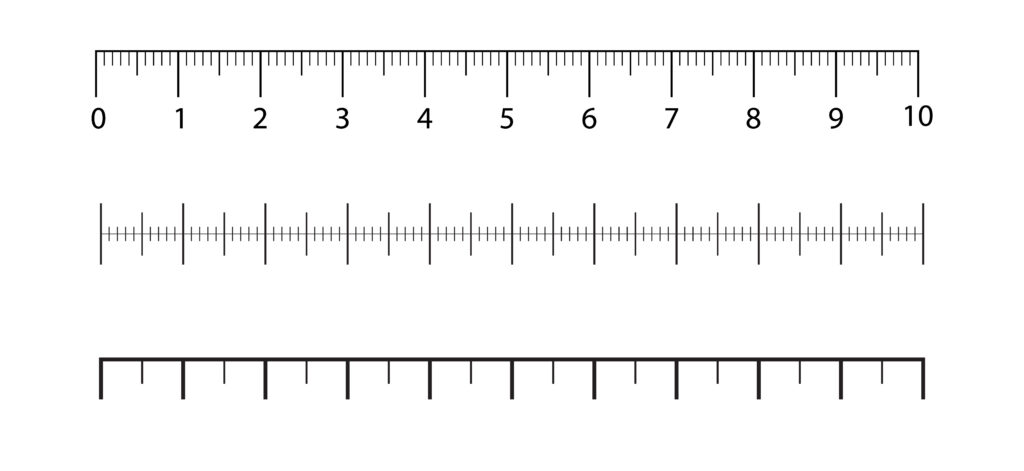We Distribute, Yet Things Multiply
Explore how the distributive property works in a surprising way and then challenge your mind with a classic coin puzzle.
Help & Instructions
▼- Increments in Products: Enter two numbers and see how their product changes when you increase them. Observe the pattern.
- Coin Conjoin: Click on a coin to select it, then click on a new empty spot to move it. The goal is to flip the triangle upside down by moving the fewest coins possible.
- Use the controls to check your work or reset the puzzles.
- Understand the distributive property of multiplication.
- Develop logical and spatial reasoning skills.
- Solve puzzles by thinking critically and efficiently.
Increments in Products 📈
Enter two numbers below. See how their product changes when you add 1 to each number.
The product of 5 and 8 is 40.
The new product, with **A+1** and **B+1**, is 54.
The product increased by 14. Can you find the pattern?
Coin Conjoin 🪙
Arrange 10 coins in an equilateral triangle. Move only 3 coins to turn the triangle upside down.
You have moved 0 coins.
The **Increments in Products** activity demonstrates a key concept from algebra: the **distributive property**. When you multiply $(A+1) \times (B+1)$, the result is not just $A \times B$, but $AB + A + B + 1$. This pattern explains the product's increase. The **Coin Conjoin** puzzle is a classic problem in **spatial reasoning** and **logical deduction**. It's about finding the most efficient solution, not just any solution.
The Mathematics Behind the Puzzles
The product of $(a+1)$ and $(b+1)$ is **$(a+1)(b+1) = ab + a + b + 1$**. The increase in the product is $a+b+1$. This can be a helpful mental shortcut for quickly estimating new products. The coin puzzle requires you to think about which coins are "redundant" in the original shape and which ones are essential for the new, inverted shape. The solution is to move the three corner coins, as they are the easiest to re-position to form the new corners of the inverted triangle.
These mathematical principles have practical applications in:
- Engineering: Understanding how small changes in dimensions affect overall area or volume.
- Computer Science: The logic behind optimizing algorithms and finding efficient solutions.
- Finance: Calculating the growth of investments with compounding interest.



